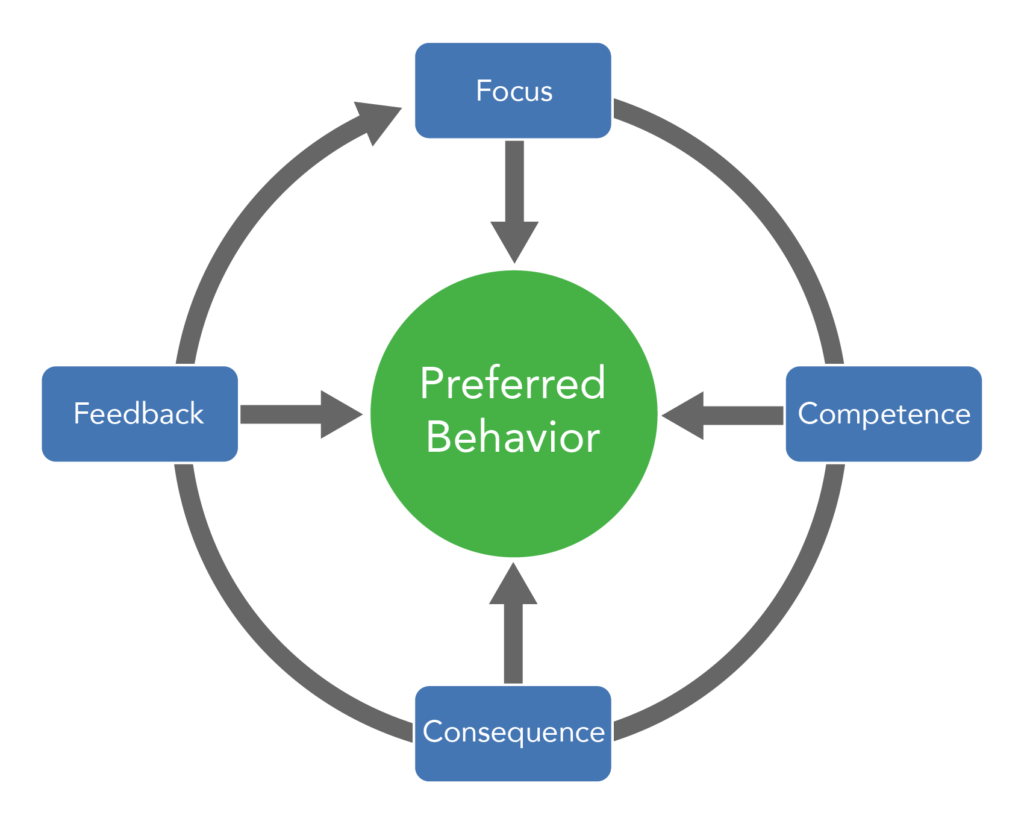11.6: Performance Management
- Page ID
- 47094
- Discuss the purpose of performance management
 The primary purpose of performance management is to manage employee alignment, motivation, and development. From a process perspective, the objective is to establish employee goals that are aligned with departmental and overall organizational goals and objectives and to develop, recognize, and incentivize desired behavior and performance.
The primary purpose of performance management is to manage employee alignment, motivation, and development. From a process perspective, the objective is to establish employee goals that are aligned with departmental and overall organizational goals and objectives and to develop, recognize, and incentivize desired behavior and performance.
Performance appraisal is the assessment aspect of performance management. And, critically, that assessment involves not only evaluation but specific feedback—both positive and constructive. Although performance appraisals are often thought of as an annual process that serves as the basis for a performance action (for example, a raise or—at the other extreme—being put on a “PIP” or performance improvement plan) observation and feedback can and should be an ongoing process. As HR software provider ClearCompany notes “‘Players and underperformers alike need timely, specific, and helpful feedback to reach their full potential. Positive feedback helps build confidence, while constructive criticism clarifies expectations and allows people to learn from their mistakes.”[1] Author Daniel Pink captures the developmental reality in his observation that “There’s no way to get better at something you only hear about once a year.”[2]
Feedback doesn’t need to be a major production; daily check-ins, weekly planning meetings and monthly 1-on-1s are all ways to incorporate feedback in the usual flow of work. This is not only a management best practice, it’s what most employees want. OfficeVibe’s State of Employee Engagement survey found that 96% of employees said that receiving feedback regularly is a good thing.[3] Even more significantly, the survey found 82% of employees appreciate receiving feedback, regardless of whether it’s positive or negative.
Formal performance appraisals also serve an administrative function; specifically, documenting employee performance relative to established standards. Although documentation is particularly critical to support employee disciplinary action—for example, to avoid or defend against a charge of discrimination or retaliation—it is also essential for development. To be effective, feedback needs to be actionable. Praise or constructive feedback that is non-specific doesn’t reinforce or clarify desired behavior. Specific, timely feedback is a habit that yields both performance and motivation benefits. Perspective point: recognition doesn’t need to be tied to a financial or other reward to be effective. OfficeVibe’s survey indicated that 82% of employees prefer praise to a gift.[4]
There are four elements that come together to result in a preferred behavior (see Figure 1 for an illustration):
- Focus—knowing what to do
- Competence—knowing how to do it
- Consequence—knowing why you’re doing it
- Feedback—knowing how well you’re doing it

- Wholley, Meredith. “17 Mind-Blowing Statistics on Performance Reviews and Employee Engagement.” ClearCompany. ClearCompany, March 25, 2019. ↵
- Ibid. ↵
- "The Global State of Employee Engagement." OfficeVibe. Accessed August 15, 2019. ↵
- Ibid. ↵
Contributors and Attributions
- Image: Preferred Behavior. Provided by: Lumen Learning. License: CC BY: Attribution
- Untitled. Authored by: You X Ventures. Provided by: Unsplash. Located at: https://unsplash.com/photos/ZJlfUi5rTDU. License: CC0: No Rights Reserved. License Terms: Unsplash License


